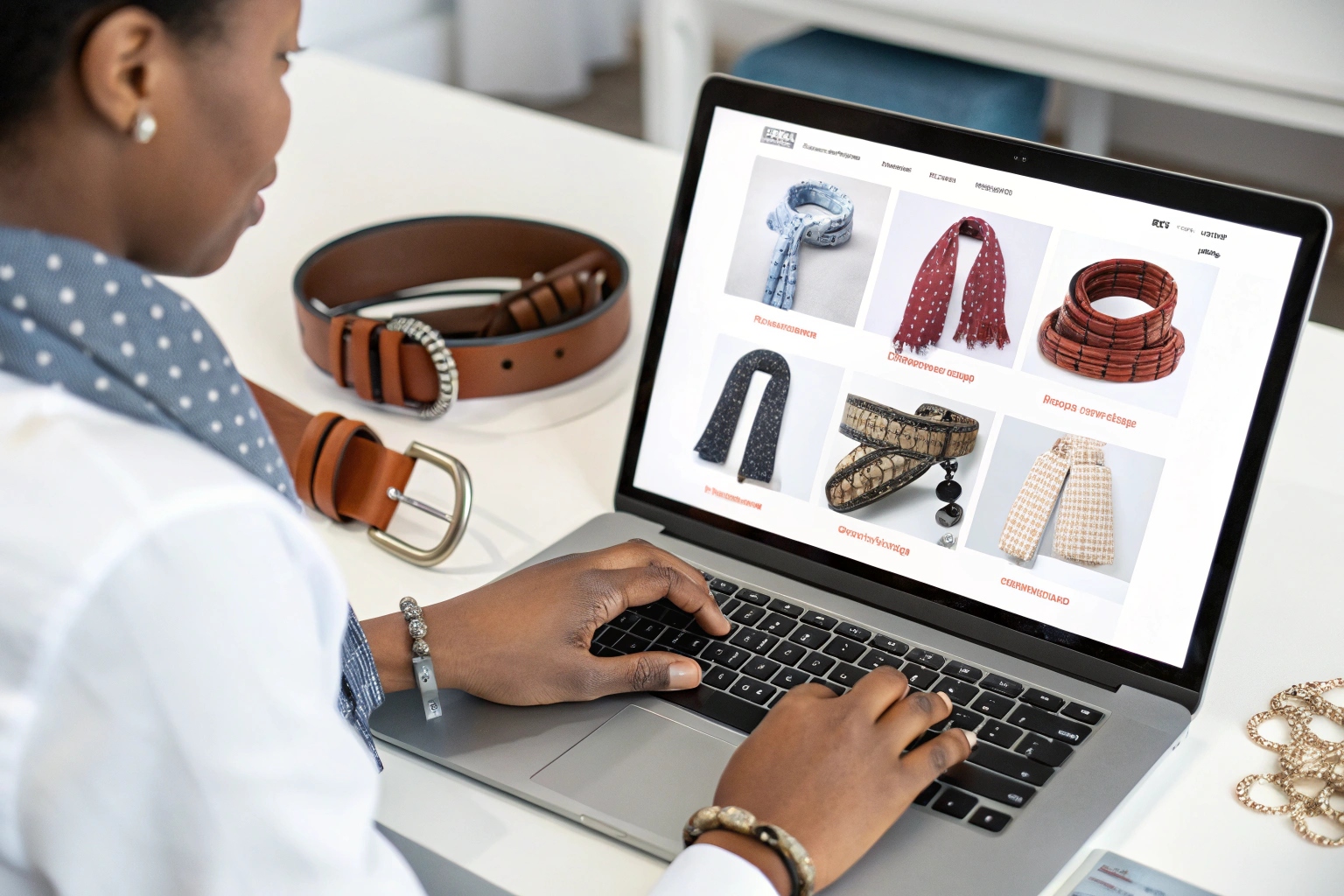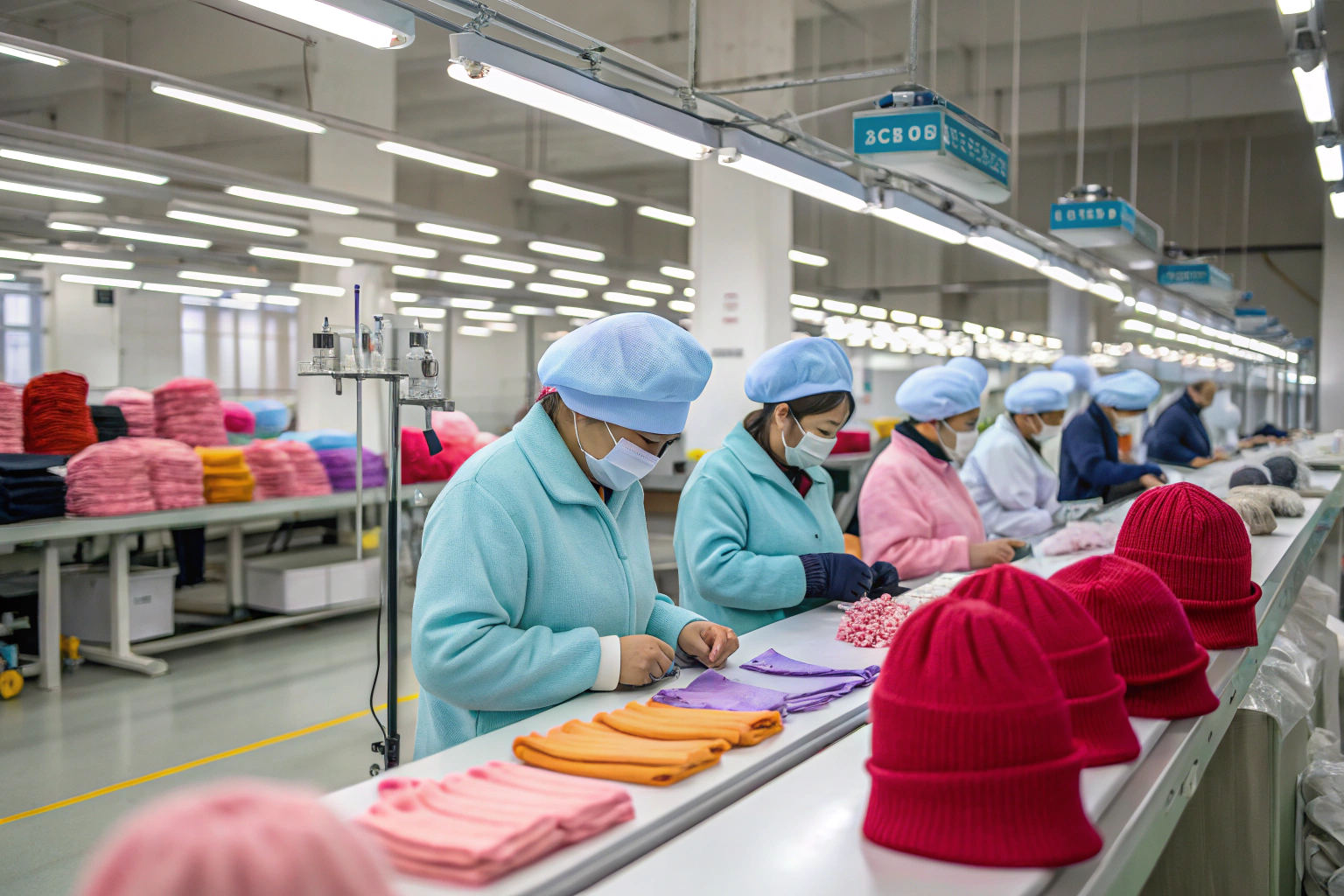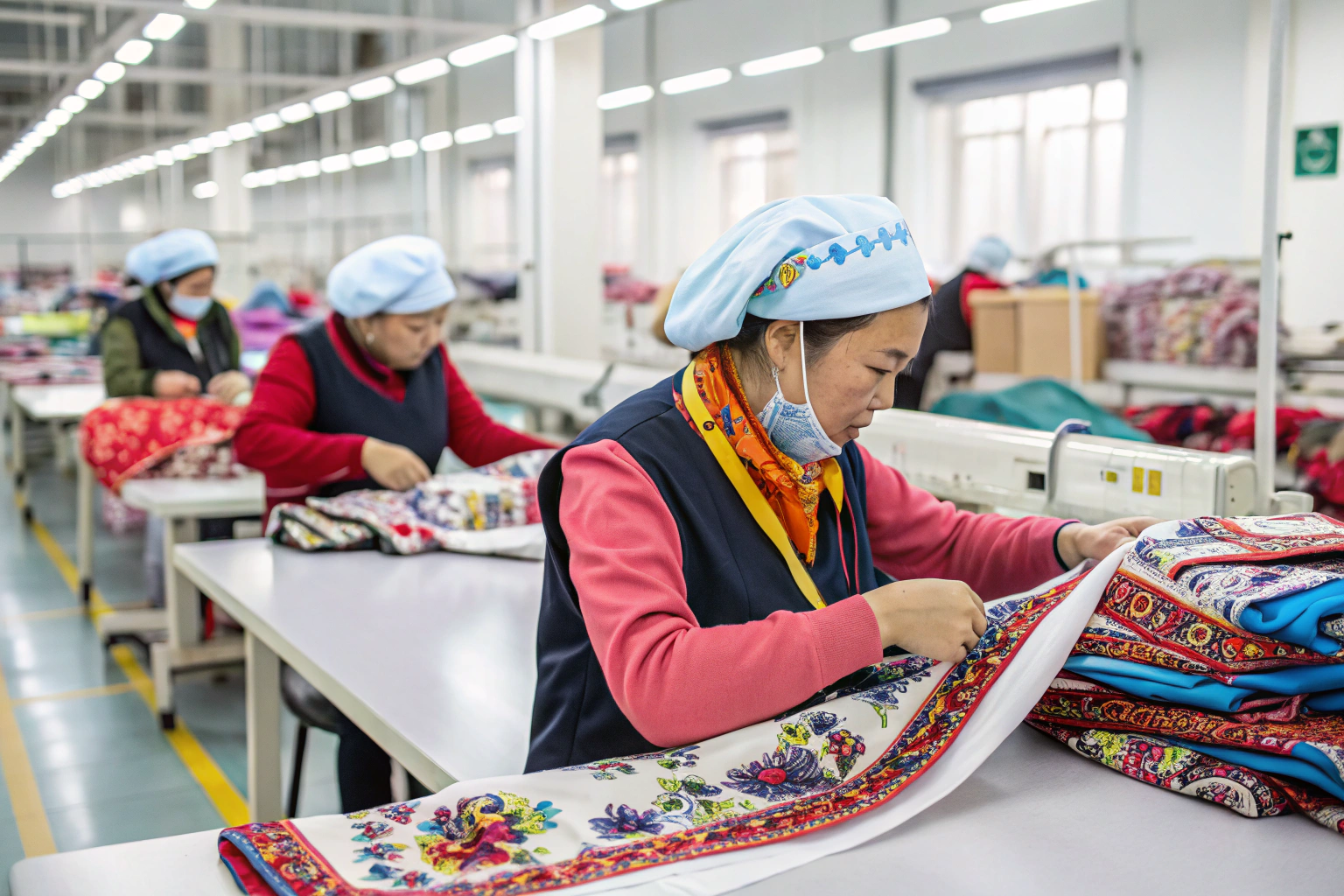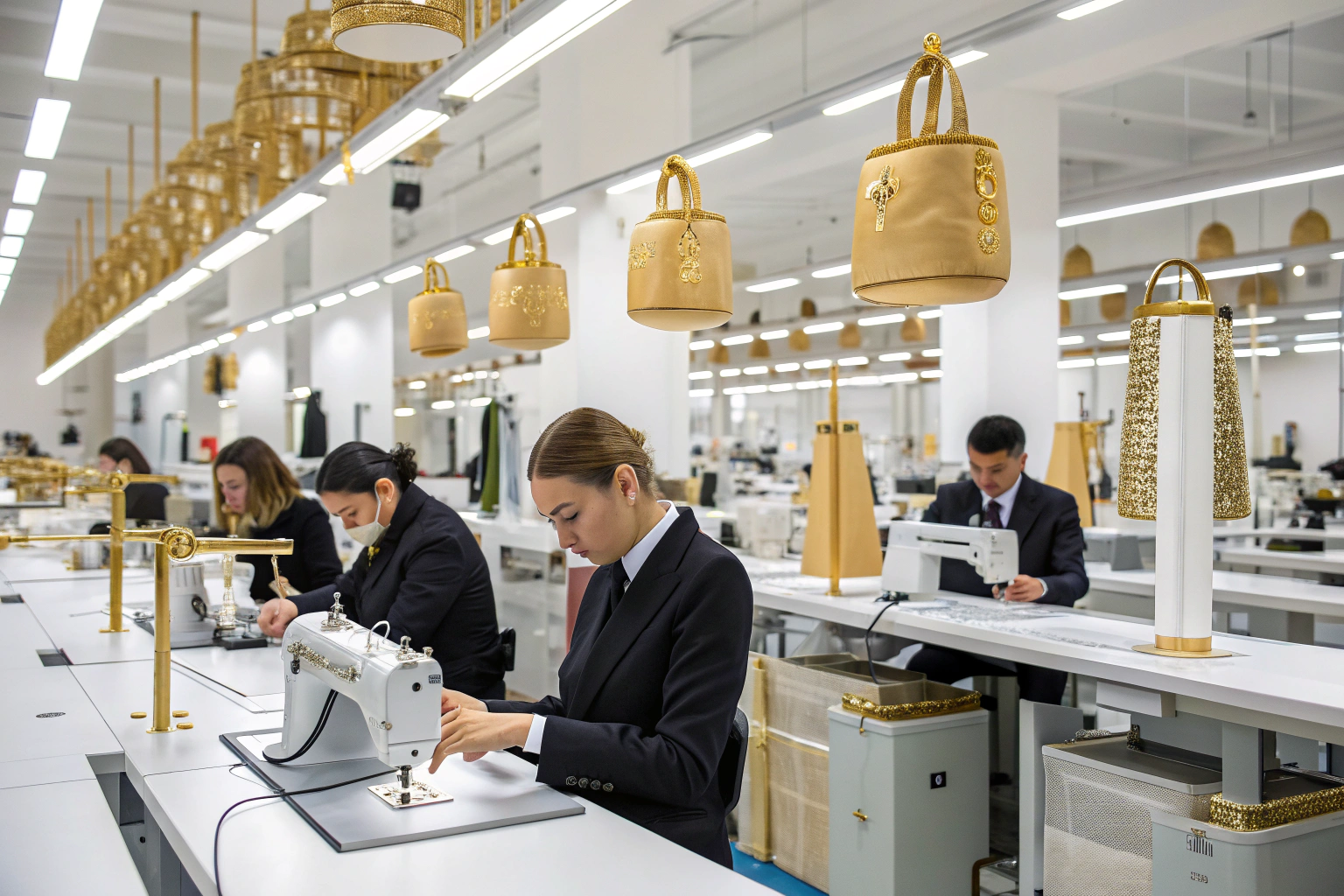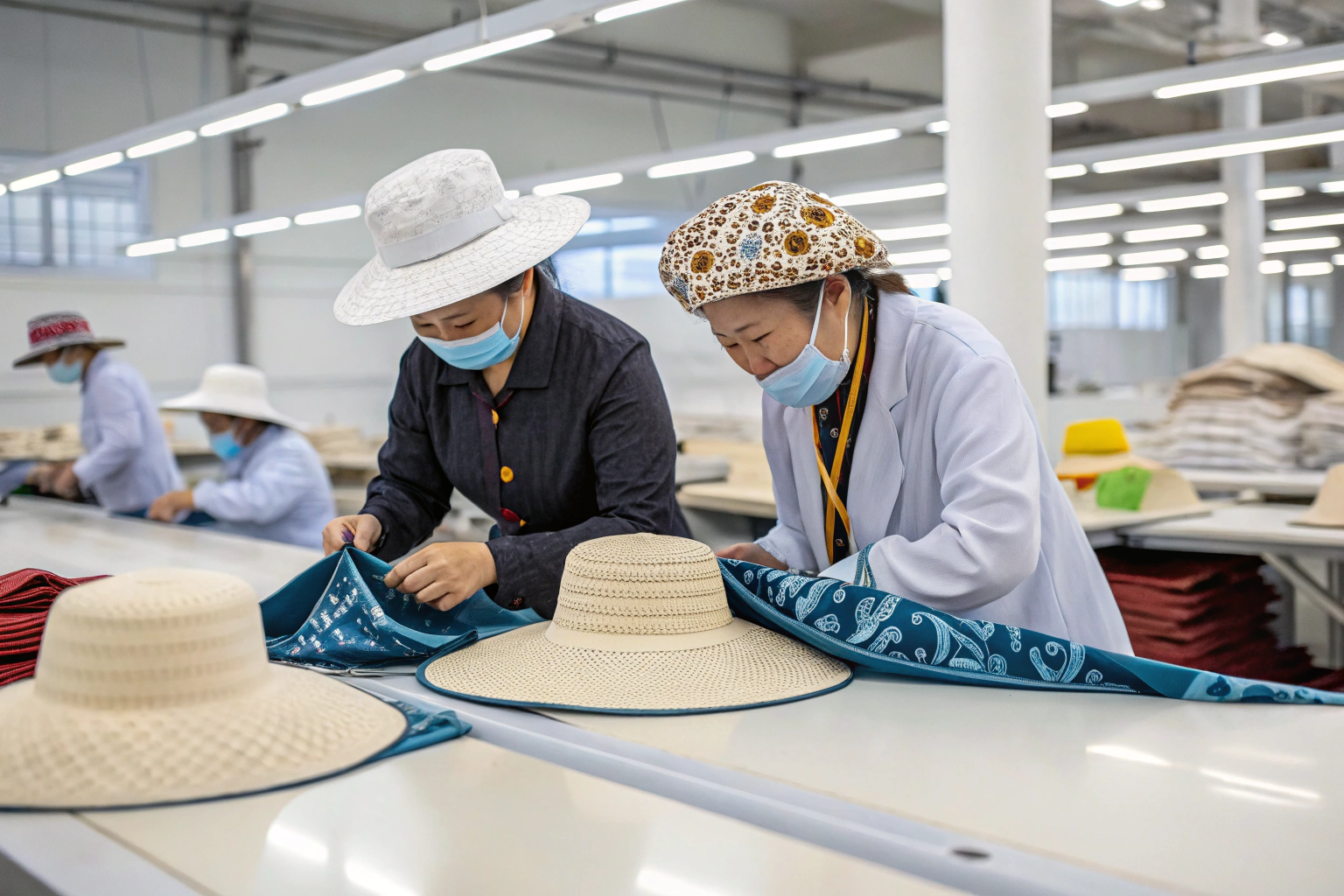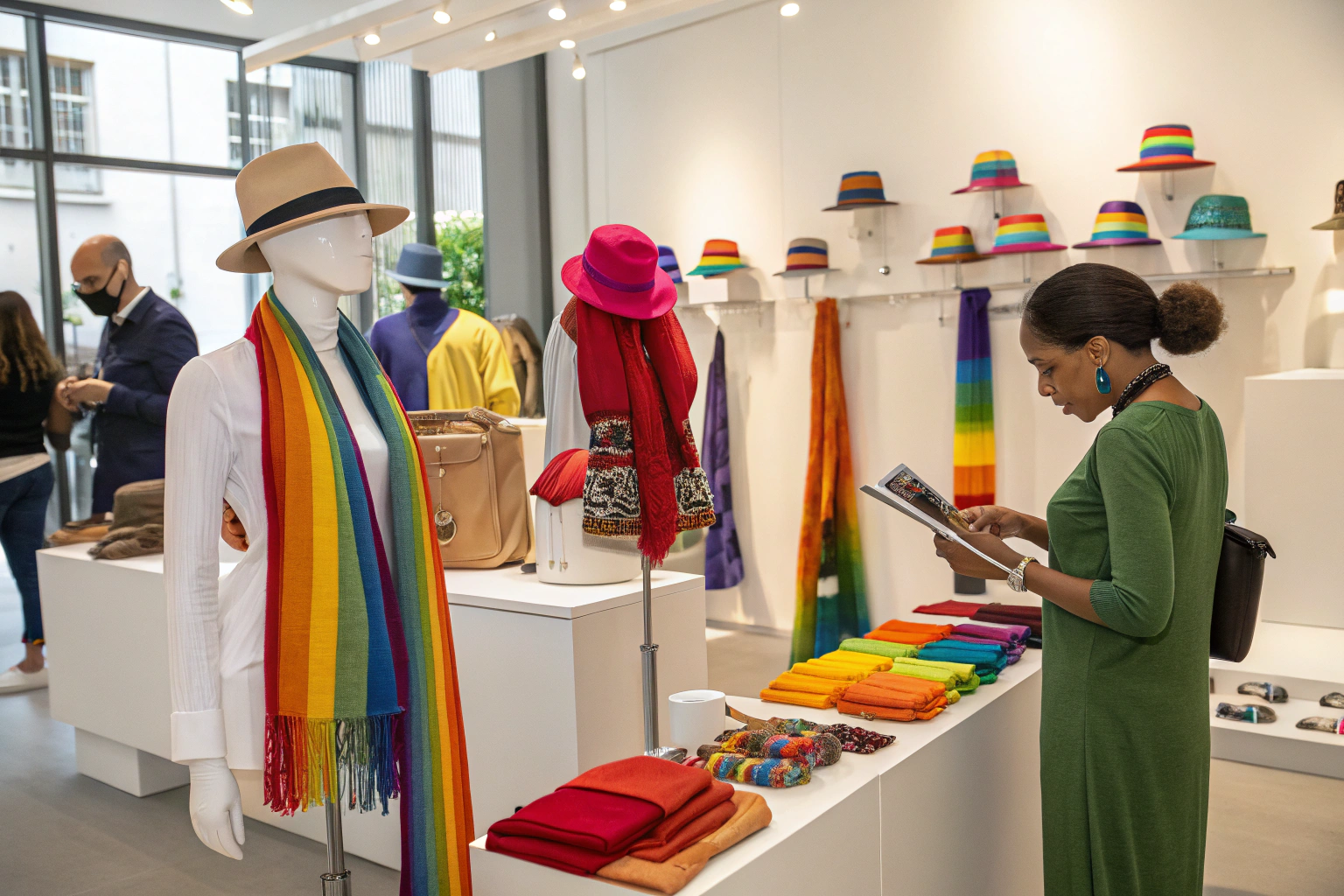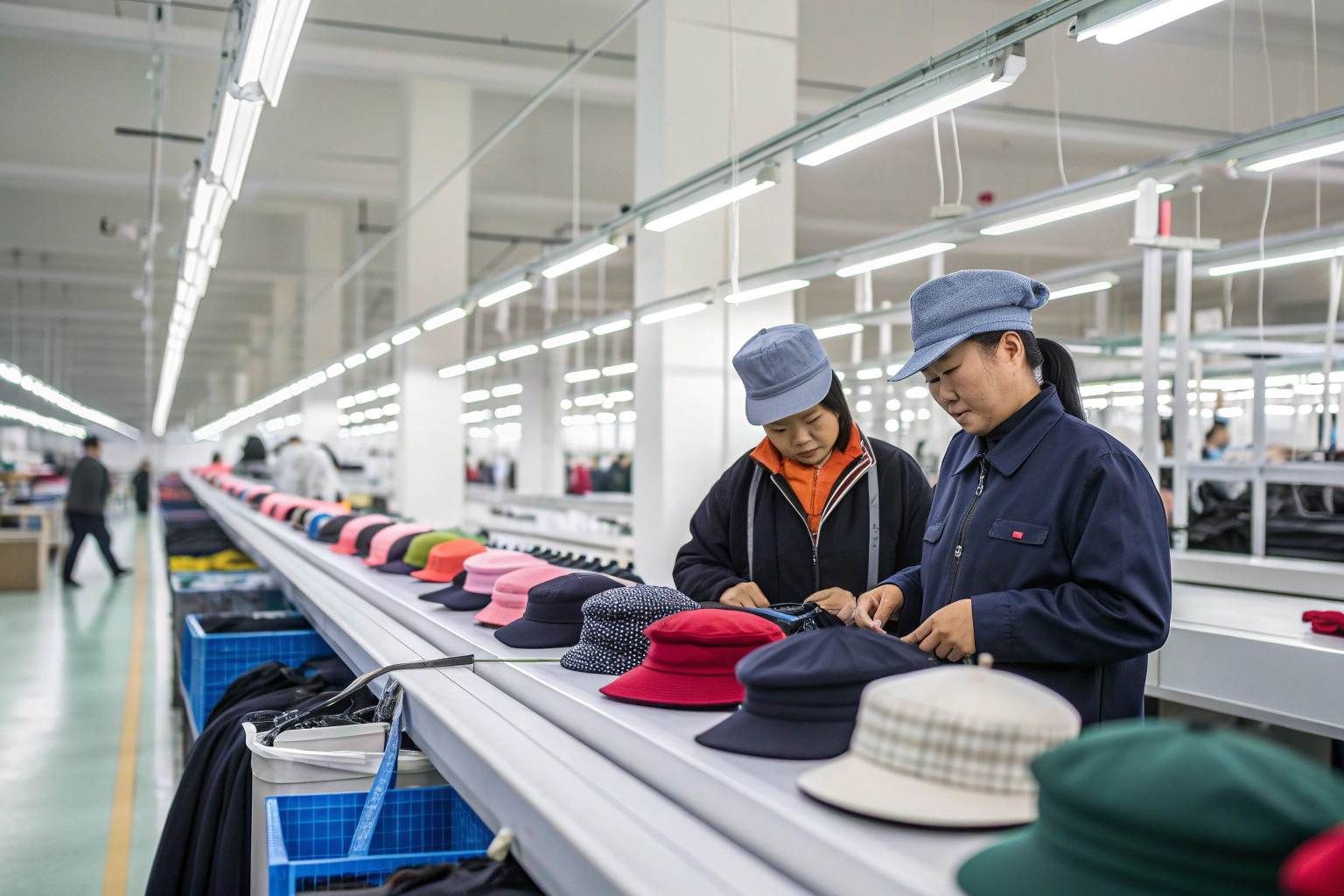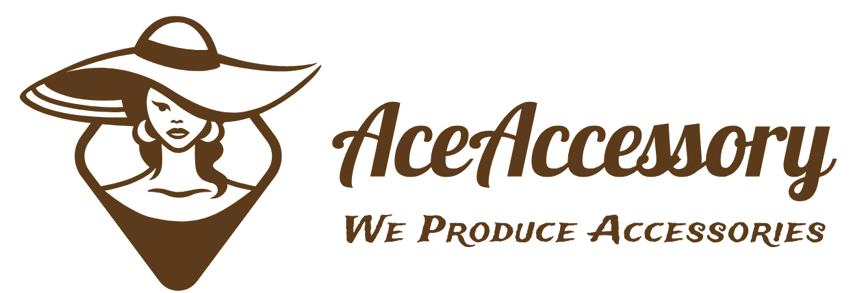Trade shows were canceled. Flights were grounded. Face-to-face sourcing stopped overnight. But global demand for accessories never paused.
Post-pandemic, digital sourcing has taken the lead—through virtual showrooms, real-time chats, and 3D sampling—making global accessory production faster, smarter, and more connected than ever.
As an accessories manufacturer in China, I’ve seen buyers shift their sourcing strategies drastically in just a few years. Today, online tools are no longer a backup—they’re the starting point.
Rise of Virtual Trade Shows and Online Showrooms
During the pandemic, trade shows disappeared. But buyers still needed to find new products and suppliers. That’s where digital sourcing events came in.
Virtual trade shows and online showrooms have become key channels for accessory sourcing, allowing buyers to discover suppliers, view collections, and initiate quotes—all from their desks.
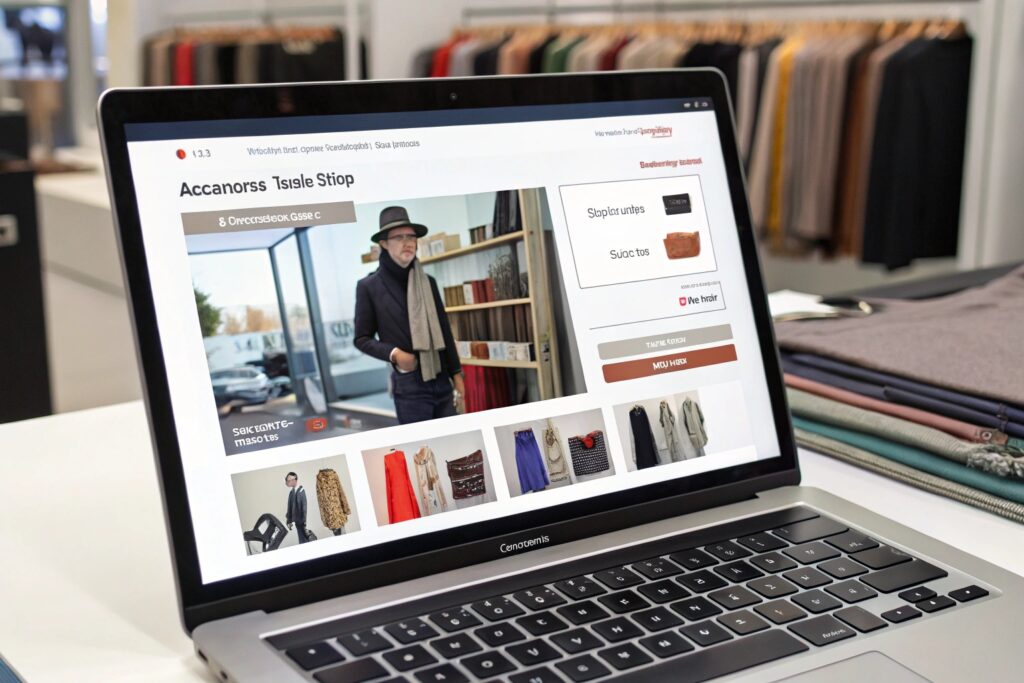
How do virtual showrooms replicate the in-person experience while saving time and cost for both sides?
Our digital showroom showcases hundreds of our latest belts, scarves, and headbands. Each item includes 360° views, detailed specs, and available materials. Buyers can browse just like they would at a physical booth—except there’s no travel, no jet lag, and no language barrier.
Many of our North American clients prefer this method. They can explore collections, shortlist SKUs, and share links internally—all within minutes. Some even host internal meetings with our showroom open on screen.
Why are virtual trade fairs like Global Sources Online and Magic Digital fast becoming the go-to for accessory discovery?
Digital fairs now attract thousands of buyers. They offer structured matchmaking, video sessions with suppliers, and direct sample requests.
We joined our first virtual event in 2020. The feedback was overwhelming—buyers appreciated fast response times and the ability to jump between booths without walking ten miles. Since then, we’ve expanded our participation and made it part of our quarterly strategy.
How Buyers Use 3D Sampling and Digital Prototyping?
Traditional prototyping is slow. You request a sample, wait for shipping, and review it weeks later. That doesn’t work in fast fashion or e-commerce.
3D sampling and digital prototyping allow buyers to visualize designs, approve customizations, and speed up development—all before physical samples are made.
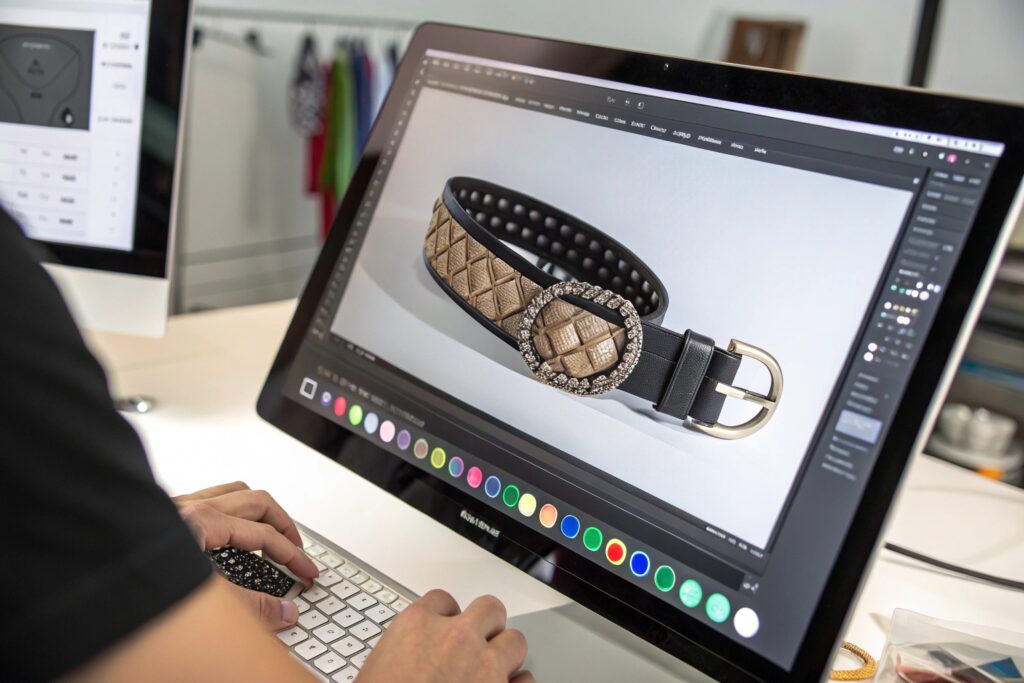
How do 3D renders reduce the number of sample rounds and avoid costly misunderstandings?
We now offer 3D renders for custom hats, belts, and clips. Clients can view them from all angles, zoom into textures, and request changes immediately. For example, one U.S. client asked us to increase the width of a belt loop—on the 3D file. No physical sample was needed at that stage.
This alone saved us 10 days in development time.
Why is digital prototyping ideal for small brands with tight launch timelines?
Smaller brands often work on seasonal drops or influencer campaigns. Waiting for physical samples might cause them to miss a trend window.
With digital prototyping, we can develop and approve new items within 48 hours. Then we move directly to bulk sampling or pre-production. It also helps clients test designs with focus groups or preview on social media before committing.
It’s not just faster—it’s smarter.
Key Platforms for Sourcing Accessories Remotely
Sourcing has moved online. But with so many platforms, buyers must choose wisely.
Key platforms for remote sourcing include Alibaba, Faire, Global Sources, and supplier-owned websites. Each offers different strengths for accessory discovery, negotiation, and verification.

How does Alibaba support early-stage supplier research but require extra caution during selection?
Alibaba remains a major sourcing gateway. Buyers can filter by region, MOQ, price, and more. It’s great for initial outreach. But it also includes many trading companies or agents posing as factories.
That’s why we always recommend video factory tours and real-time samples. Our company, for example, lists on Alibaba but encourages buyers to book a live call with our team to confirm capabilities.
Why are niche platforms like Faire gaining popularity among boutique buyers?
Faire connects U.S. and European retailers with pre-vetted suppliers. It focuses on curated goods, making it ideal for fashion-forward accessories.
Though the platform charges a fee, it offers financing, low MOQs, and transparent reviews. Many of our newer clients found us on a curated sourcing site before visiting our website.
Supplier websites also matter. We built aceaccessory.com to offer direct quotes, visual catalogs, and customer case studies. Buyers feel more confident when they see a brand taking its digital presence seriously.
Benefits of Real-Time Factory Communication Tools
Email chains take days. Time zone delays cost momentum. That’s why real-time communication is changing how buyers and factories work together.
Tools like WhatsApp, Zoom, WeChat, and Slack allow instant updates, faster problem-solving, and stronger relationships between buyers and factory teams.

How do live video calls reduce misunderstandings and bring transparency to the sampling and inspection stages?
We invite buyers to join live video inspections. They see the actual production line, ask questions in real-time, and give feedback instantly. This has reduced our sample approval times from a week to just hours.
One client even watched her custom hairband go through stitching, QC, and packing on a Friday night—in her own time zone.
Why do buyers trust factories more when updates come with photos, messages, and voice notes in real time?
Trust is built through responsiveness. We use WeChat for daily check-ins, WhatsApp for urgent updates, and email for formal reports.
Here’s an example of our update schedule:
| Stage | Tool Used | Type of Update | Frequency |
|---|---|---|---|
| Raw Material Arrival | Photos + Voice confirmation | Real-time | |
| Sampling | Zoom | Video walkthrough | Per round |
| Packing | Box count + Label photos | Daily | |
| Shipping | Commercial invoice + tracking | Before dispatch |
This multi-tool approach creates flexibility without confusion. Our clients never feel in the dark.
Conclusion
Post-pandemic sourcing is now digital by design. With 3D tools, real-time chats, and global platforms, smart buyers can find trusted partners faster—and run leaner, better businesses.

